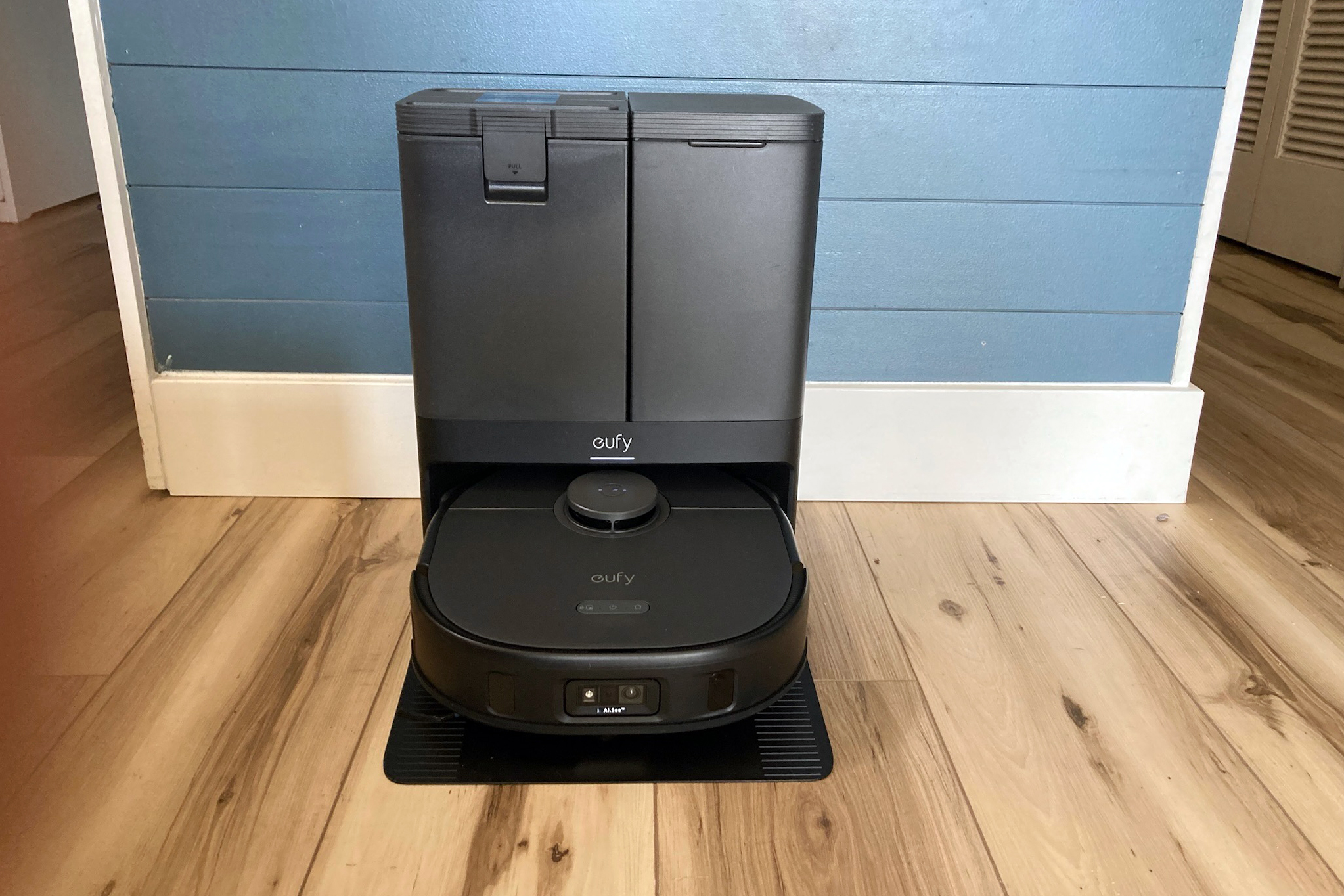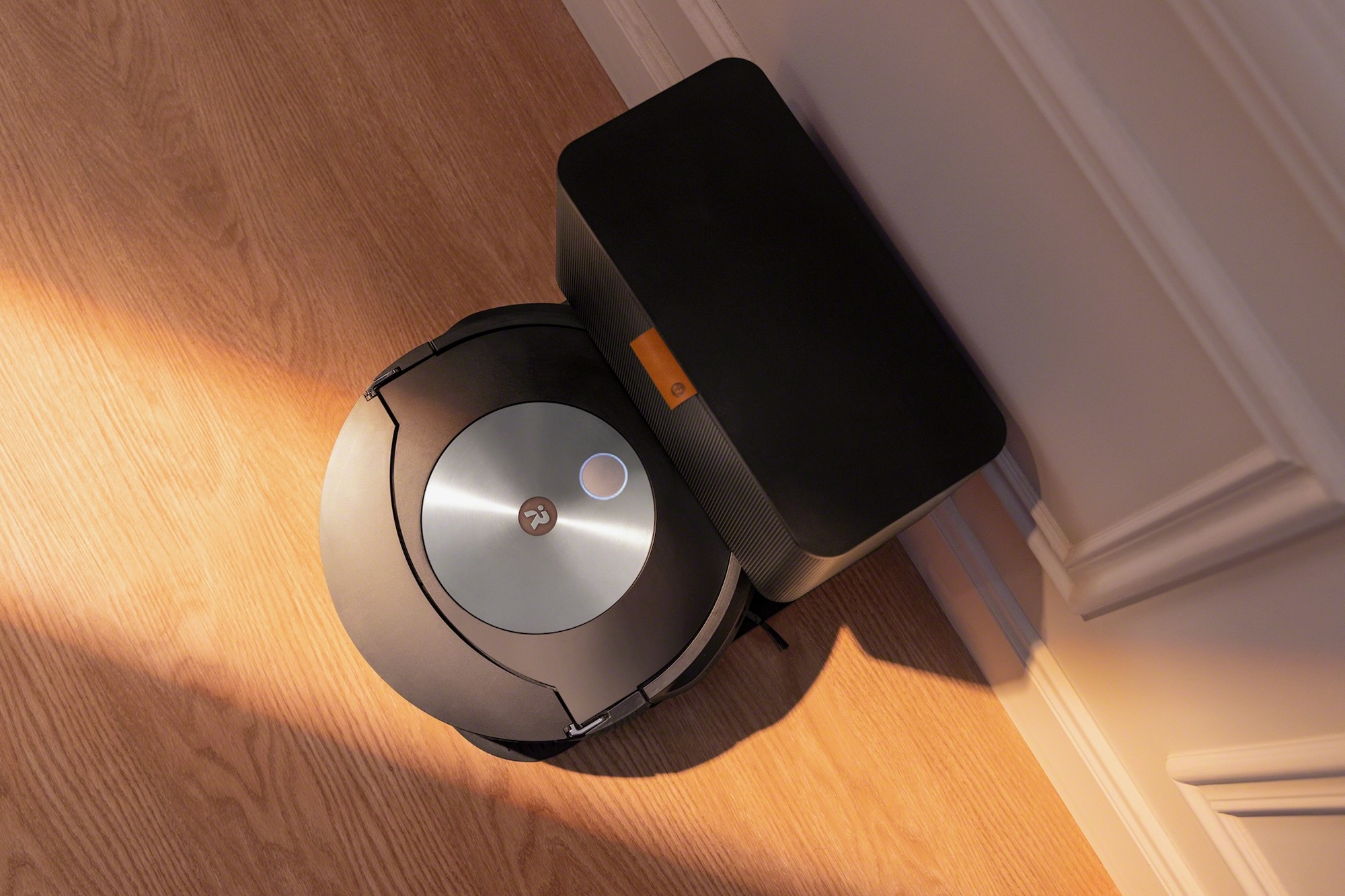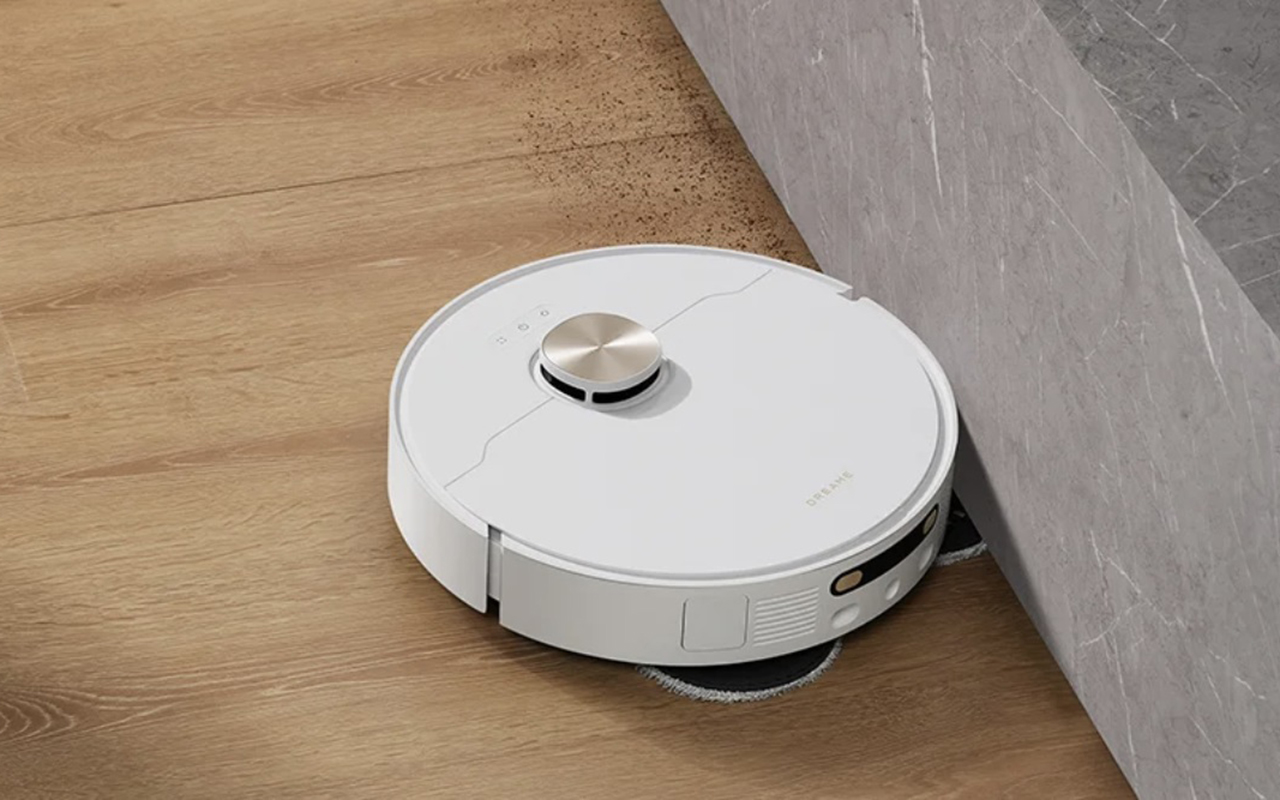Nobody likes vacuuming. That’s why robotic vacuum cleaners have become the darlings of smart home tech, promising to tackle one of our most tedious household chores.
But with hundreds of models flooding the market, ranging from simple bumper car cleaners to AI-powered sat navs, finding the right one can feel overwhelming.
Here’s how to choose a robotic vacuum cleaner that actually delivers on its promise to make your life easier. And once you’re ready to decide, browse our favorite robot vacuums and mops from 2024where you will find choices for every budget.
A robot vacuum cleaner can be a new addition to your home – if you choose the right one.
1. Start with your space
Your home’s layout should be your north star when choosing a robotic vacuum cleaner. A basic model can work well in a small, open-plan apartment. But if you have a larger home with multiple rooms and halls, you’ll want a vacuum with sophisticated navigation and mapping capabilities.
The best robot vacuums use LiDAR or camera-based systems to create detailed maps of your home. Think of it like giving your vacuum cleaner a GPS – it knows exactly where it’s been and where it needs to go. These smarter models clean in efficient patterns instead of bouncing around randomly, meaning faster, more thorough cleaning and fewer missed spots.
Wyze Robot Vacuum: Laser Navigation on a Budget

Pro
- Includes laser mapping and room customization
- Three suction levels
- Budget price
Disadvantages
- Easily attaches under low profile furniture
- No support for Amazon Alexa or Google Assistant
- No special cleaning modes
2. Match your vacuum to your floors
Your floor type can make or break a robot vacuum’s performance. Hard floors are generally easier to clean, but if you have deep carpets, you need a model with extra muscle. Look for vacuums with adjustable suction that can detect surface changes and automatically increase power as you move up onto carpets.
Pet owners, take note: not all robot vacuums excel at handling fur. Models with rubber bristle rollers often outperform traditional bristle brushes in grabbing pet hair without tangling. Some even come with special anti-tangle designs that prevent you from having to regularly cut entangled hair from the brush roll – a common hassle with regular vacuum cleaners.
Eufy X10 Pro Omni: Great vacuum/mop combo for pet owners

Pro
- Thorough, balanced vacuuming and mopping
- Excellent obstacle avoidance
- Requires some hands-on attention from the user
Disadvantages
- Large base station
- Self-cleaning functions are noisy
Price at review:
799 euros
3. Look for smart features that actually matter
Although basic app control has become standard for most robot vacuums, the sophisticated smart features vary between models.
Basic apps may only offer simple start/stop controls and scheduling. However, the more advanced models unlock powerful features such as room-specific cleaning zones, virtual barriers and customizable cleaning scenarios. Do you want your vacuum cleaner to do a quick sweep of high traffic areas twice daily but deep clean the whole house on the weekends? The better smart systems can handle these complex routines.
Voice control via Alexa or Google Home can also be surprisingly useful. Being able to say “Hey Google, clean the living room” when you spot a mess is more convenient than you might think.
4. Remember that self-emptying trash cans make life easier
One of the biggest innovations in recent years is the self-draining base station. Instead of requiring you to manually empty the dust container after each cleaning session, these models automatically dump the contents of a larger container into the charging base. Many can go weeks or even months between emptyings, making these robot vacuums truly practical.
Yes, you will pay more for this feature, but if you have a large home, pets, allergies, or just hate dealing with dust, it may be worth the investment.
iRobot Roomba Combo J9+: A sophisticated robotic vacuum cleaner with a self-emptying container

Pro
- Retractable mop arm keeps carpets dry
- New Clean Base design blends in with home decor
- Recognizes and prioritizes the dirtiest areas
Disadvantages
- The Companion app’s maps are basic and many controls are buried in submenus
- Mop pads must be cleaned manually
- Expensive
5. Plan for practical needs
Consider the height of the vacuum cleaner if you want it to clean under furniture. The narrower the better – some models can slide under beds and couches with just 3 inches of clearance.
Noise level also matters, especially if you work from home or plan to vacuum at night. The quietest models hover around 50-55 decibels (about as loud as a conversation), while others can sound more like traditional vacuum cleaners.
Battery life deserves attention if you have a larger space. Most robots can clean for 60-90 minutes before needing a recharge, but some premium models go over two hours. Even better, many automatically recharge and resume cleaning where they left off, which is important for larger homes.
6. Don’t forget warranty and support options
Before making your final decision, take a look at warranty coverage and customer support options.
Most robot vacuums come with a one-year limited warranty that covers manufacturing defects. Some manufacturers allow you to purchase extended warranties. Keep in mind that consumables such as brushes, filters and batteries are usually not covered by warranty as they are expected to wear out with normal use.
The quality of customer support varies greatly between different brands. Look for companies that offer multiple support channels (phone, email, chat) and check online reviews that specifically mention warranty claims and repairs. Some manufacturers maintain active user groups and detailed online resources, which can be invaluable for troubleshooting problems or getting the most out of your device.
Support response times and the quality of help can make a big difference when you’re trying to get your robot vacuum back up and running.
7. Making the smart choice
Start by setting your budget. Basic models start at around $200, mid-range options with mapping and smart features cost $400-600, and premium models with all the bells and whistles can top $1,000. But don’t just buy the most expensive model you can afford. Instead, match the functions according to your specific needs.
Do you have pets? Prioritize strong suction and specialized brushes. Do you live in a larger home? Focus on navigation capabilities and battery life. Work from home? Look for quieter models with scheduling features.
Dreame X40 Ultra: A hands-off vacuuming and mopping experience

Pro
- Excellent vacuuming and mopping performance
- Emptying its trash can and disinfecting its mops
- Detects and avoids obstacles precisely
Disadvantages
- Mop heads tend to stick to the edges of the carpet
- Expensive
8. Find your perfect match
A robot vacuum cleaner can be a new addition to your home – if you choose the right one. Take the time to evaluate your needs and match them with the features that matter most. The best robot vacuum isn’t necessarily the most expensive or feature-packed model, but the one that fits seamlessly into your home and lifestyle.
Remember: even the most advanced robot vacuum won’t completely replace your traditional vacuum (especially for stairs and detailed cleaning), but it can dramatically reduce how often you need to pull out the big gun. And that’s the true test of any smart home device – not whether it’s perfect, but whether it makes your home life noticeably easier.
